Oneida Community Mansion House
The shared home of a utopian commune that practiced "free love" a century before the hippies.
In the late 1840s, a group of utopian dreamers formed what they thought was a perfect idea for a Christian society. They modeled themselves after the naturally industrious bee, working together for a united goal. And similar to bees, they shared everything: a home, labor, responsibility for children, and each other.
The Oneida Community was founded in upstate New York by the Amercian preacher and radical religious philosopher John Humphrey Noyes. Noyes aim was to create a religious utopia where members challenged the societal norms of the time regarding gender and social status. Its residents practiced communalism and “complex marriage,” a form of polyamory.
The members lived in a shared home dubbed the “Mansion House,” built in 1848. At its height, nearly 300 people lived in the 93,000-square-foot home, where members lived as one family, sharing romantic partners and responsibility for all children born in the community. Women, in a radical move for the time, did not have to care for their own children, were free from unwanted pregnancies, and could participate in nontraditional work roles.
Members believed strongly in a system of “free love,” where any member was free to have sex with a consenting partner (though it should be noted that the community would often “introduce” adolescents to their sexuality by pairing them with a significantly older partner).
To keep the population in check, the group encouraged male continence and introduced the Oneida “stirpiculture” experiment, a eugenic breeding program designed to create more perfect children. Members that wanted to have children were matched by a committee, which judged the prospective parents on their spiritual and moral fortitude. The group’s founder, Noyes, fathered nine children by this method.
To financially support the commune, members created a manufacturing company that sold metal products like animal trapping products, cutlery, and canning supplies, as well as silk. When the community dissolved in 1881, the cutlery side of the manufacturing business survived, and eventually became the globally known silverware company Oneida Limited.
By 1870, the Oneida Community began to decline as Noyes tried to pass leadership to his son. Internal pressures, such as the younger generation’s desire to discontinue complex marriages and power struggles, compounded with external campaigning against the group and threats of charges of statutory rape, eventually led to the dissolution of the group, and Noyes’ sudden flight from the country.
Oneida Limited is still operating today, and the commune’s Mansion House has been designated a National Historic Landmark.
Know Before You Go
The Oneida Community Mansion House museum is open for self-guided tours Monday to Saturday, 9 a.m. to 5 p.m. and Sundays from 12 p.m. to 5 p.m. There is a fee to enter. Guided tours are available between April and December, Wednesday to Saturday at 10 a.m. and 2 p.m., and Sundays at 2 p.m. Group tours (8 or more) can be scheduled by appointment.





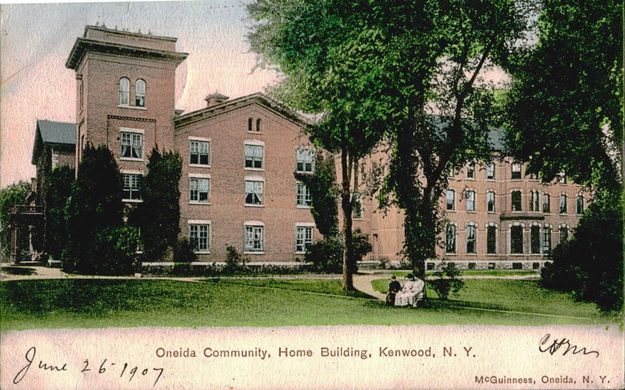





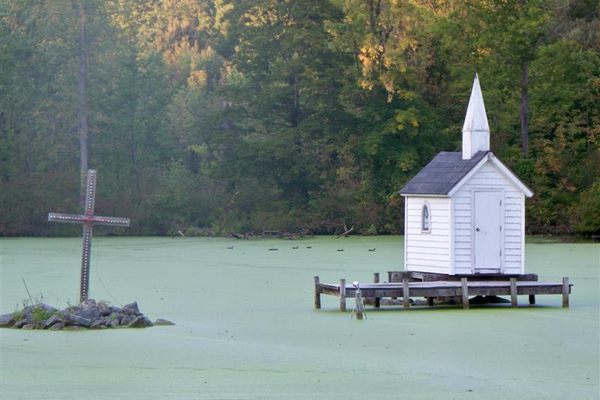

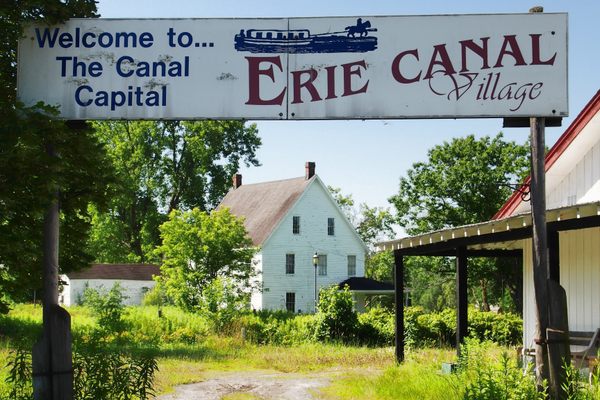


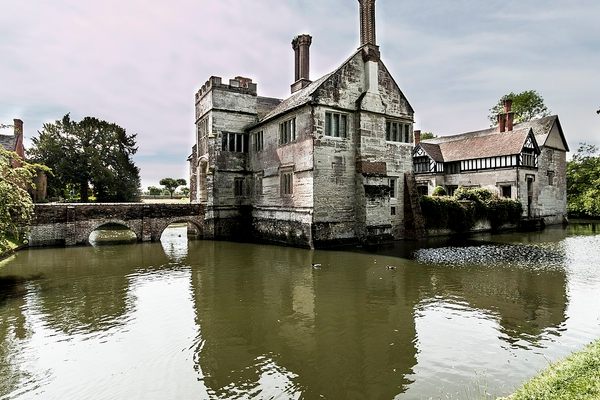
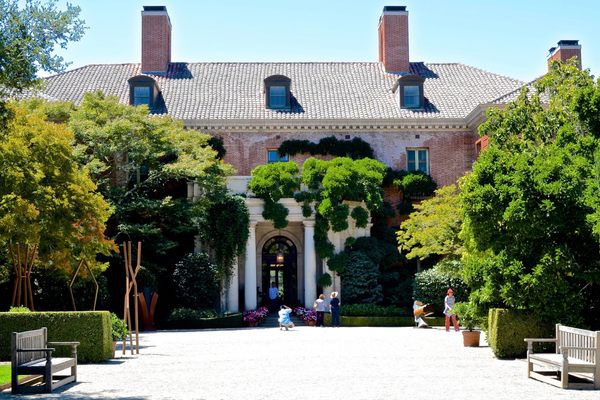


Follow us on Twitter to get the latest on the world's hidden wonders.
Like us on Facebook to get the latest on the world's hidden wonders.
Follow us on Twitter Like us on Facebook